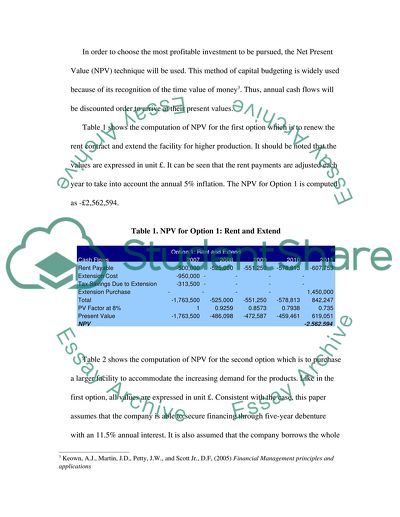Cite this document
(“Maritsa Plcs Using the Capital Asset Pricing Model Essay”, n.d.)
Maritsa Plcs Using the Capital Asset Pricing Model Essay. Retrieved from https://studentshare.org/finance-accounting/1538231-finance-topic-see-below
Maritsa Plcs Using the Capital Asset Pricing Model Essay. Retrieved from https://studentshare.org/finance-accounting/1538231-finance-topic-see-below
(Maritsa Plcs Using the Capital Asset Pricing Model Essay)
Maritsa Plcs Using the Capital Asset Pricing Model Essay. https://studentshare.org/finance-accounting/1538231-finance-topic-see-below.
Maritsa Plcs Using the Capital Asset Pricing Model Essay. https://studentshare.org/finance-accounting/1538231-finance-topic-see-below.
“Maritsa Plcs Using the Capital Asset Pricing Model Essay”, n.d. https://studentshare.org/finance-accounting/1538231-finance-topic-see-below.


